69 F: average high for September 22.
Spotty showers possible Saturday PM into Sunday (approaching from Wisconsin).
70s expected from the middle of next week through the 1st week of October.
Paul's Conservation Minnesota Outlook for the Twin Cities and all of Minnesota:
TODAY: Mix of clouds and sun. Winds: SW 5-10. High: 61
FRIDAY NIGHT: Clear to partly cloudy. Low: 44
SATURDAY: Partly to mostly cloudy, Wisconsin showers. Winds: SE 10. High: 63
SUNDAY: Mostly cloudy with showers arriving (from Wisconsin). Cool and damp. Winds: NE 10. Low: 48. High: 61
MONDAY: Partly sunny, still unsettled. Low: 47. High: 64
TUESDAY: A mix of clouds and sun, better. Low: 50. High: 68
WEDNESDAY: Much nicer. Mild sunshine. Low: 54. High: 72
THURSDAY: Blue sky, still spectacular. Low: 55. High: 74
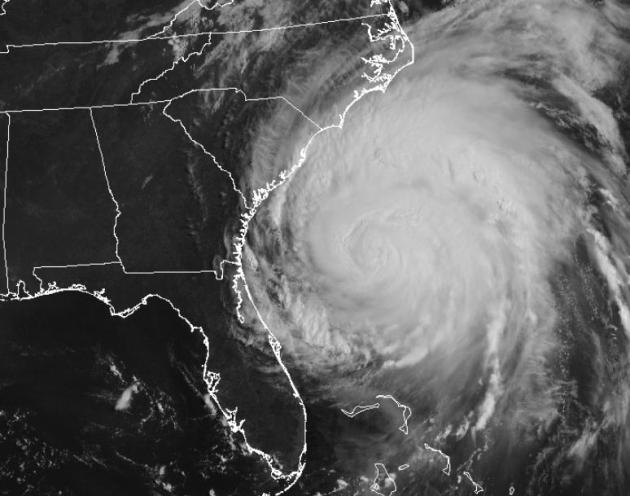
Hurricane Facts:
E Pacific: 7 of 8 named storms in E Pacific have become hurricanes
Atlantic Basin: 3 of 15 named storms in Atlantic Basin have become hurricanes. Those are: Irene, Katia and Maria.

"....there is probably less ice floating on the Arctic Ocean now than at any time since a particularly warm period 8,000 years ago, soon after the last ice age.....Arctic air is warming twice as fast as the atmosphere as a whole." - article on arctic sea ice in the Economist below.
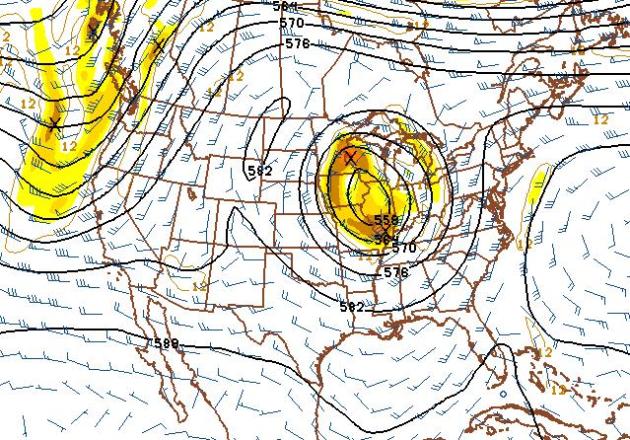
Weekend Complications. The stalled storm over the Great Lakes shows signs of wobbling (retrograding) westward over the weekend, more clouds and scattered showers late Saturday into Sunday). Not a steady rain, but a couple hours of showers can't be ruled out, especially Sunday midday and afternoon. This pesky "cut off low" will delay the warming until the latter half of next week.
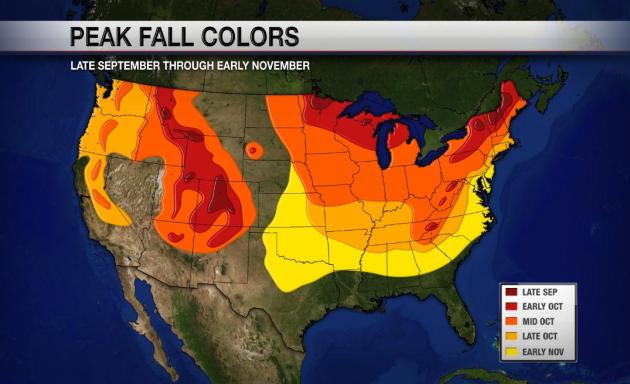

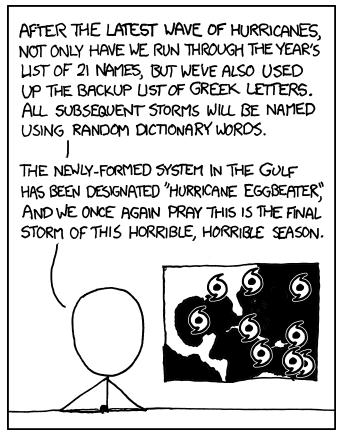
Weather Geek Humor. Cartoon courtesy of xkcd.com.

- Commit to paying every employee a living wage. To see examples of how much that is, depending on where you live, go to this site. Many companies do not meet that standard for many of their jobs. It's nothing short of obscene to pay a CEO millions of dollars a year while paying any employee a sum for full time work that falls below the poverty line.
- Give all employees a stake in the company's success, in the form of profit sharing, or stock options, or bonuses tied to performance. If the company does well, all employees should share in the success, in meaningful ways.
- Design working environments that are safe, comfortable and appealing to work in. In offices, include a range of physical spaces that allow for privacy, collaboration, and simply hanging out.
- Provide healthy, high quality food, at the lowest possible prices, including in vending machines.
- Create places for employees to rest and renew during the course of the working day and encourage them to take intermittent breaks. Ideally, leaders would permit afternoon naps, which fuel higher productivity in the several hours that follow.
- Offer a well equipped gym and other facilities that encourage employees to move physically and stay fit. Provide incentives for employees to use the facilities, including during the work day as a source of renewal." (photo above courtesy of Forbes).


October Breeze. There were a few tantalizing peeks of sun during the morning hours, but cold air aloft left the atmosphere irritable and unstable with clouds keeping highs in the 50s. Duluth was stuck at 47 for a high, 49 in Hibbing.

"Bearack Obearma". Yes, some of my friends have entirely too much free time.
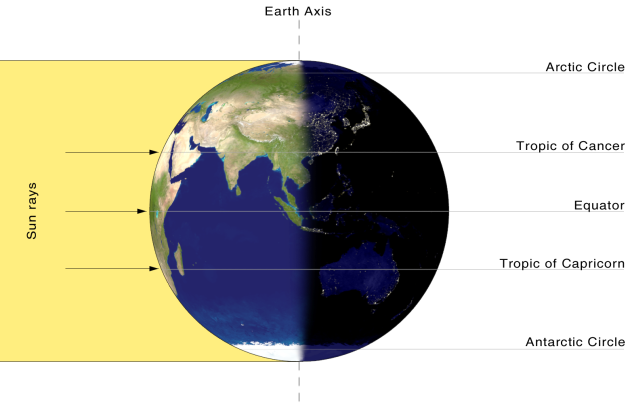
Autumnal Equinox
"Youth is like spring, an over praised season more remarkable for biting winds than genial breezes. Autumn is the mellower season, and what we lose in flowers we more than gain in fruits" wrote Samuel Butler. So here I sit, clutching my concrete umbrella (that 6-ton NASA satellite is coming down at any moment, and I'm feeling particularly unlucky), waiting for autumn to arrive. At 4:05 am the sun's direct rays passed over the equator, signaling the autumnal equinox. In reality meteorological autumn really began on September 1 (the 90 warmest days of the year historically run from June 1 to September 1).
Weather models bring the core of the jet stream unusually far north into mid October, allowing 70s, even a few 80s to surge into the Upper Midwest from next week through at least the first week of October, maybe longer. Take advantage of a rare storm-free spell of weather. I don't see any significant rain for the next 2 weeks.
The only fly in the weather ointment: a "cut-off" low stalled over the Great Lakes. This showery blob wobbles west, pushing clouds/showers back into eastern MN by Sunday, delaying 70s a few days. Happy autumn - Indian Summer arrives next week!
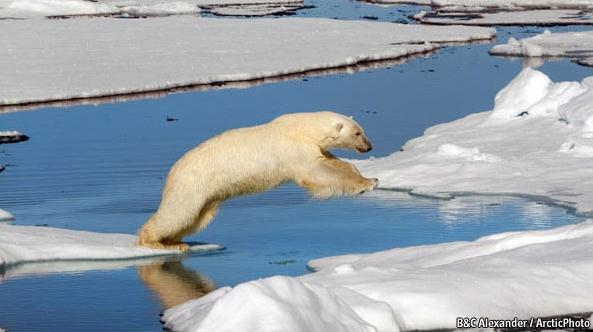

CIA Says Global Warming Intelligence Is "Classified". Yes, I did a double-take too. Wired.com has the story: "Two years ago, the Central Intelligence Agency announced it was creating a center to analyze the geopolitical ramifications of “phenomena such as desertification, rising sea levels, population shifts and heightened competition for natural resources.” But whatever work the Center on Climate Change and National Security has done remains secret. In response to National Security Archive scholar Jeffrey Richelson’s Freedom of Information Act request, the CIA said all of its work is “classified.” “We completed a thorough search for records responsive to your request and located material that we determined is currently and properly classified and must be denied in its entirety,” (.pdf) Susan Viscuso, the agency’s information and privacy coordinator, wrote Richelson. Richelson, in a Thursday telephone interview from Los Angeles, said the CIA has not released anything about its climate change research, other than its initial press release announcing the center’s founding. “As far as I know, they have not released any of their products or anything else,” Richelson said. “There was a statement announcing its creation and that has been pretty much it.”

CO2 Jumps 45% Since 1990. The story from USA Today and the Tucson Citizen:
"Global emissions of carbon dioxide, the main cause of global warming, jumped 45% between 1990 and 2010, and reached an all-time high of 33 billion tons last year, the European Commission reports. The emission cuts in some industrialized countries that are relying more on energy efficiency and renewable power are not enough to offset the escalating demand for energy, especially in developing countries, according to the new report by the EC’s Joint Research Centre and PBL Netherlands Environmental Assessment Agency. The report, based on the latest data, shows large national differences. The 27 member nations of the European Union (EU-27) cut CO2 emissions 7% during the 1990-2010 peri0d and Russia slashed them 28%. In contrast, U.S. emissions increased 5% and Japanese emissions remained fairly constant."
No comments:
Post a Comment